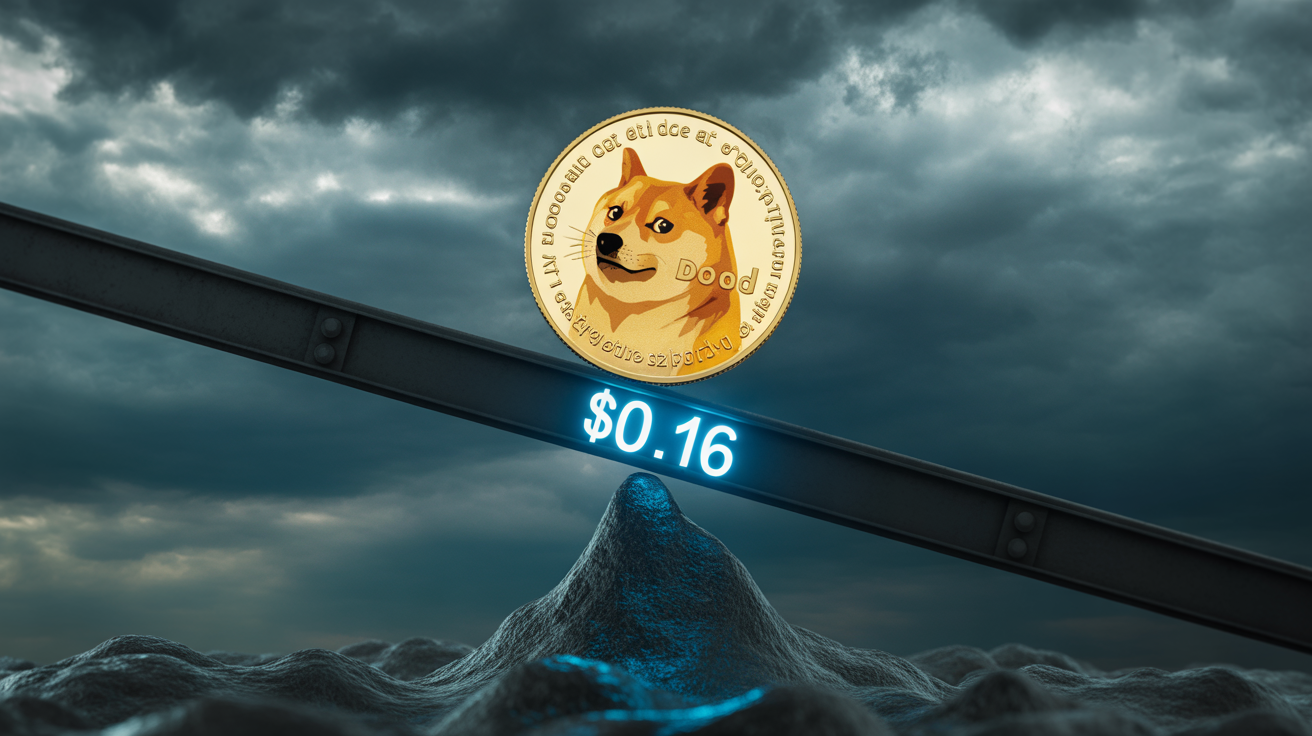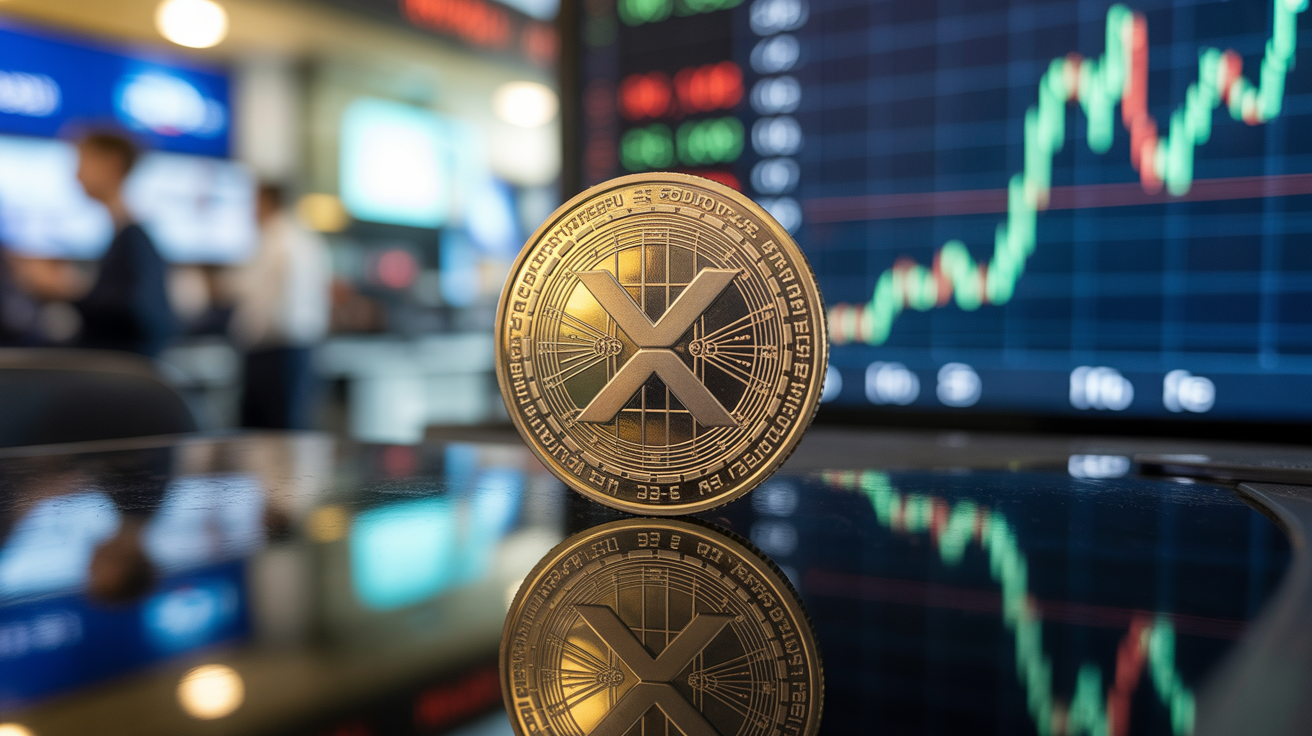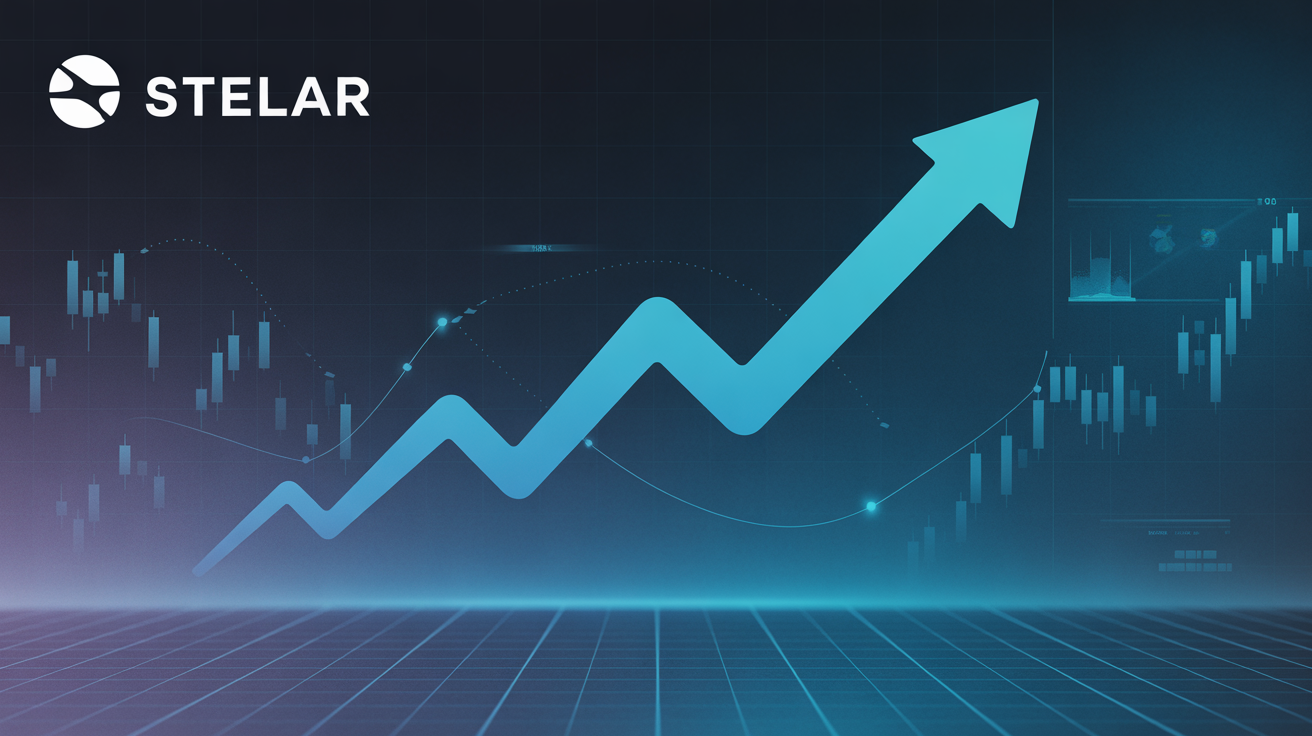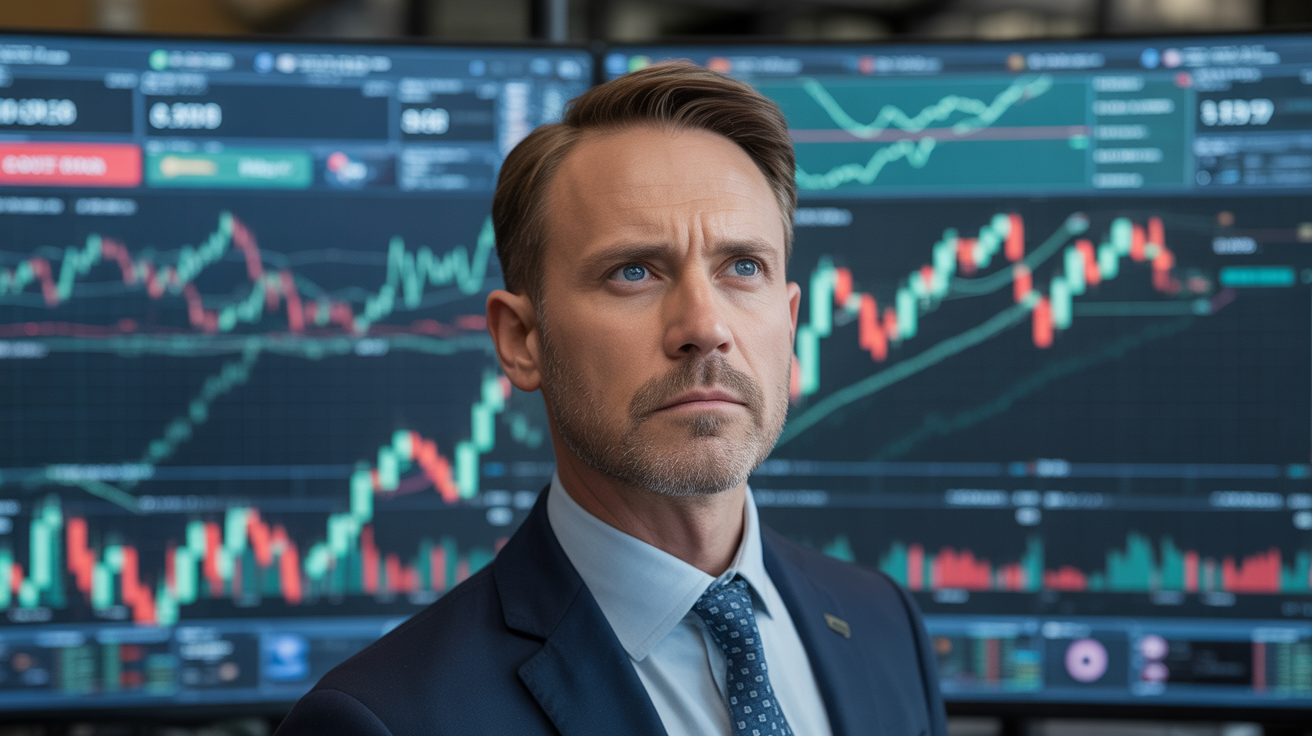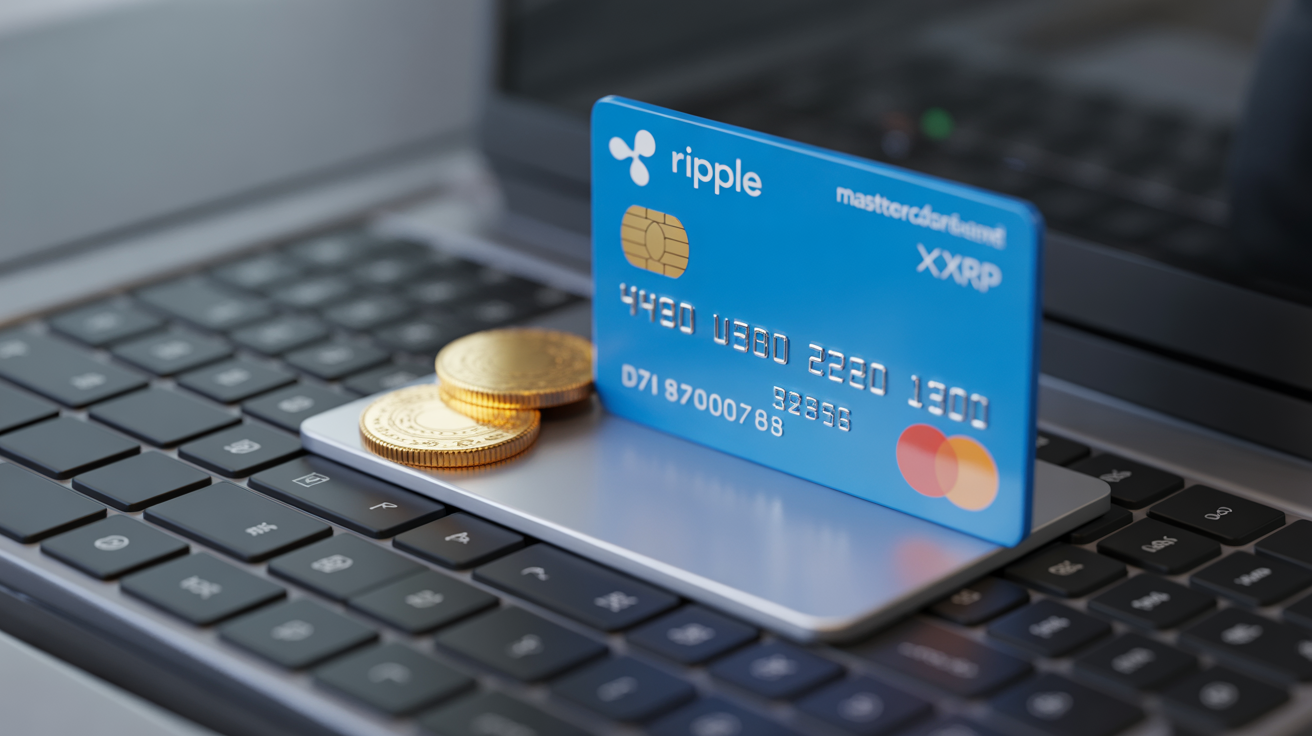Bitcoin Surges Past $111K as Institutional Demand Fuels New Price Discovery
On Thursday, Bitcoin (BTC) shattered the $111,000 mark for the first time, hitting a fresh all-time high amid sustained capital inflows driven predominantly by large institutional investors, not just retail enthusiasm.
BTC climbed nearly 3.5% to reach $111,878 during Asian trading hours, according to CoinGecko data, boosting the overall cryptocurrency market capitalization by 1.7%. Meanwhile, other major tokens like XRP and Dogecoin (DOGE) showed minimal movement.
The surge in demand is increasingly coming from beyond crypto-native funds and retail traders. Publicly traded companies are now treating Bitcoin as a treasury asset, raising capital through public markets to increase their BTC holdings.
“Large institutions are the primary drivers behind Bitcoin’s rally,” said Jeff Mei, COO of BTSE, in a Telegram message. “This momentum is expected to continue, especially with more firms accessing public capital markets and ETF inflows remaining robust. In May alone, ETFs saw net inflows of $3.6 billion.”
Options markets reflect this optimism as well. Deribit shows that contracts expiring in late June with strike prices at $110,000, $120,000, and even $300,000 currently hold the highest open interest, indicating traders are positioning for further upside through the summer.
The evolving institutional sentiment is further underscored by reports that JPMorgan Chase, the largest U.S. bank, is now providing its clients with access to Bitcoin. This marks a significant shift in traditional finance’s stance toward cryptocurrency exposure.
“JPMorgan’s move adds substantial legitimacy to Bitcoin,” said Ryan Lee, chief analyst at Bitget Research. “It could encourage other major financial institutions to offer similar services, lest they risk falling behind.”
Despite ongoing macroeconomic challenges—including rising bond yields, geopolitical tensions, and a downgraded U.S. credit rating—Bitcoin has demonstrated impressive resilience, according to QCP Capital.
“A breakout to new highs could spark renewed FOMO,” the firm noted in a Thursday report, “drawing sidelined retail investors back into the market and potentially driving prices even higher.”



